Kurokawa Toru
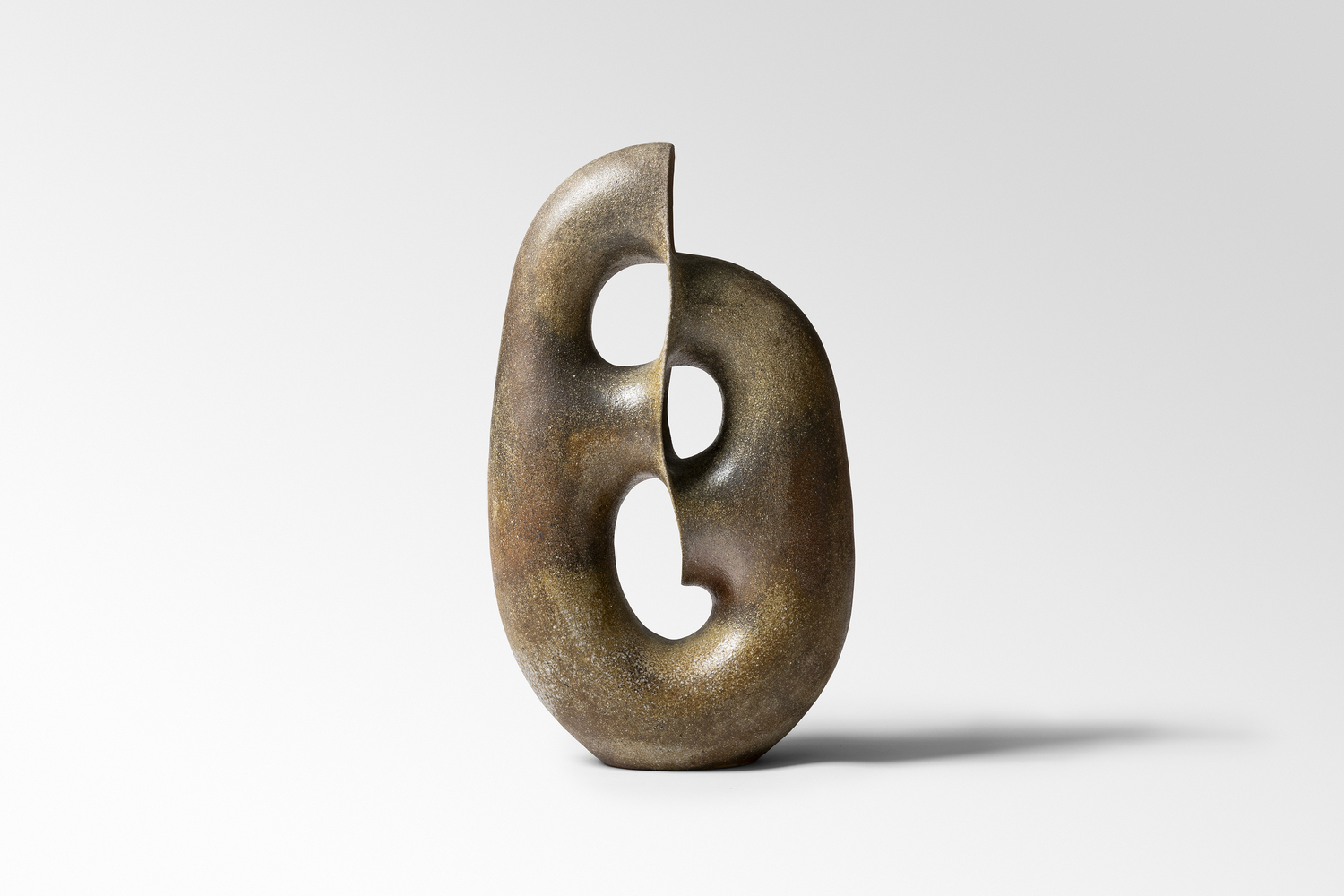
Ceramic wood-firing
57 x 32 x 15 cm
22.44 x 12.6 x 5.91 in
Enquiries about work INV Nbr. 9007
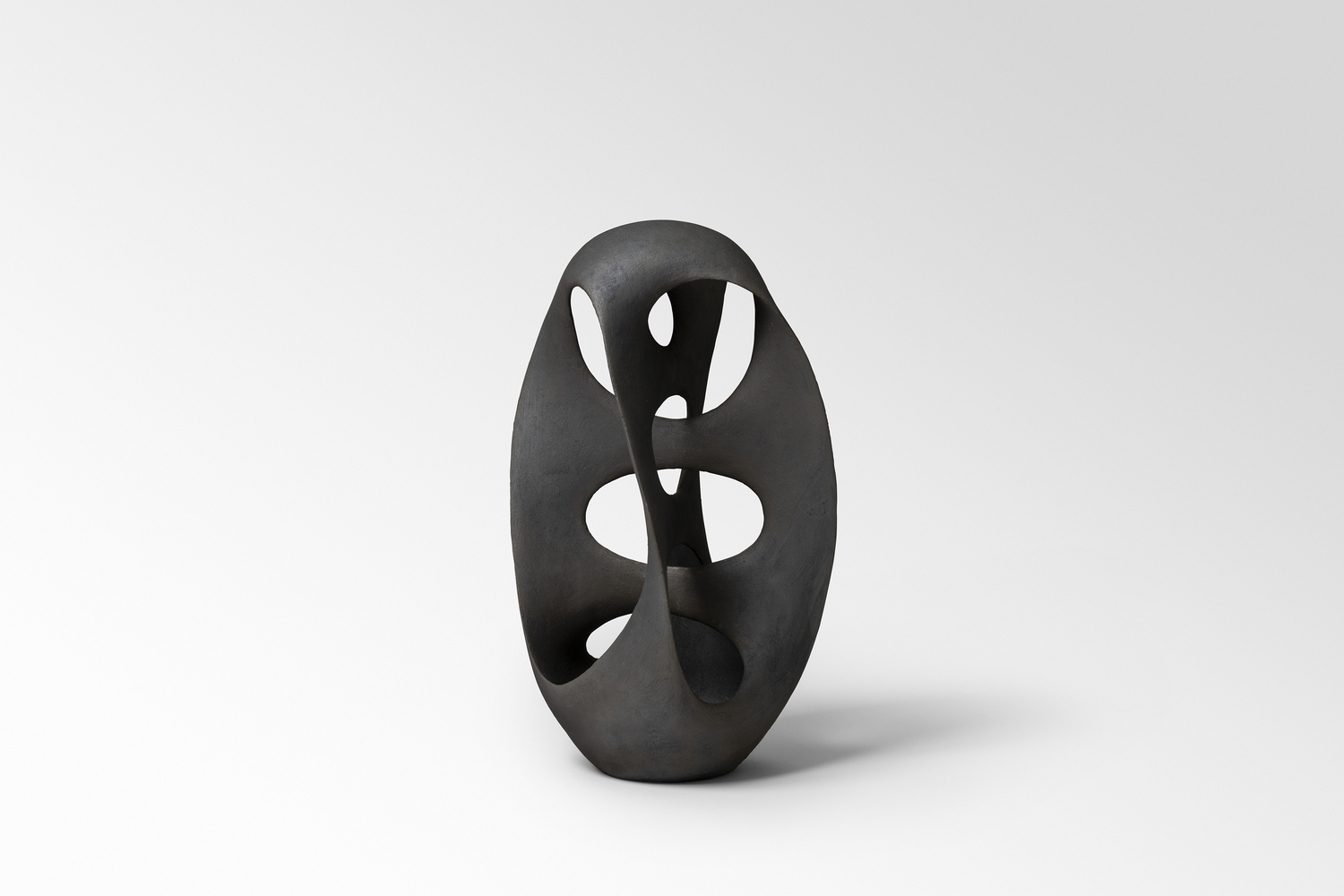
Ceramic, smoke-firing
48 x 22 x 22 cm
18.9 x 8.66 x 8.66 in
Enquiries about work INV Nbr. 9087
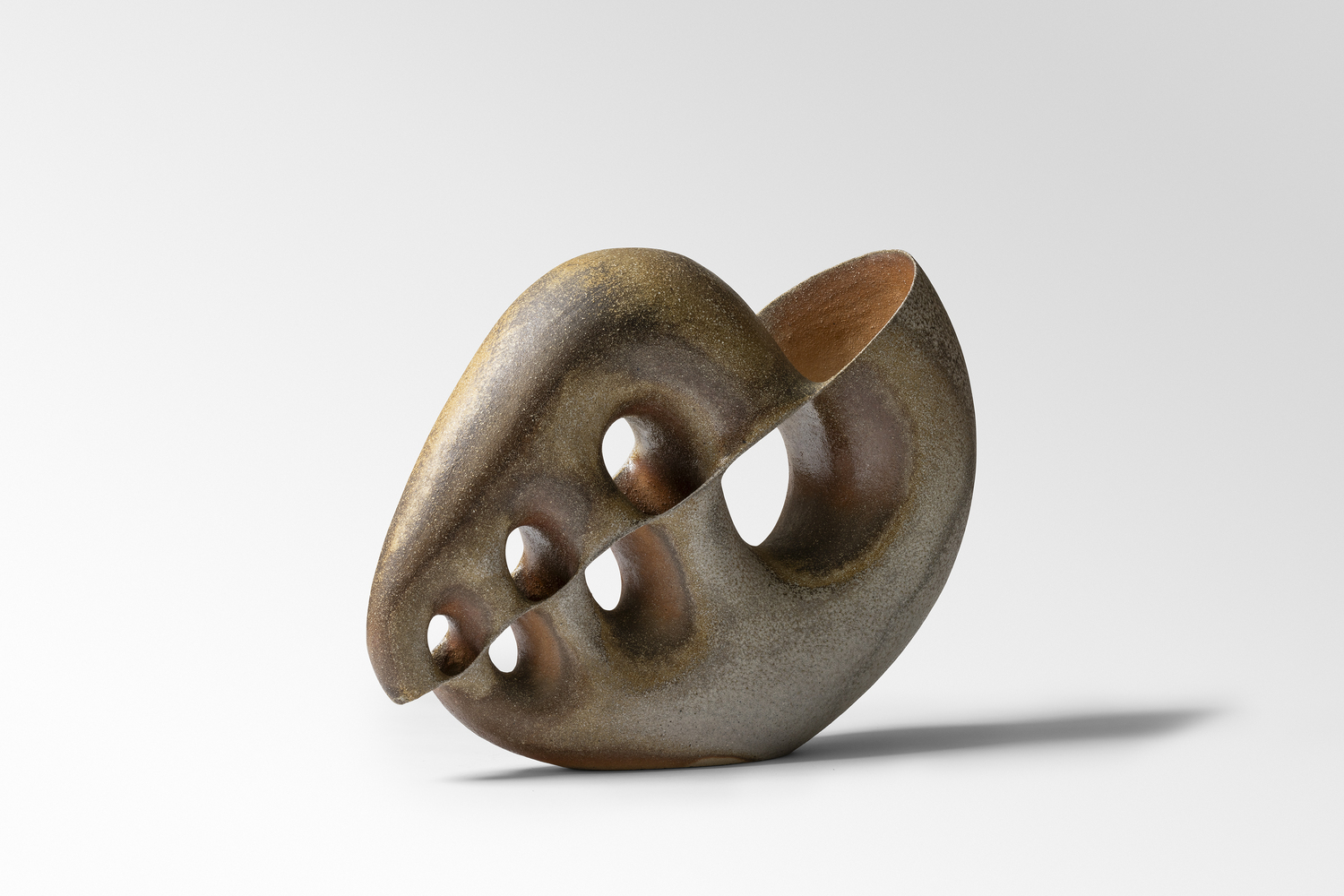
Ceramic, Wood-firing
49 x 61 x 22 cm
19.29 x 24.02 x 8.66 in
Enquiries about work INV Nbr. 9004
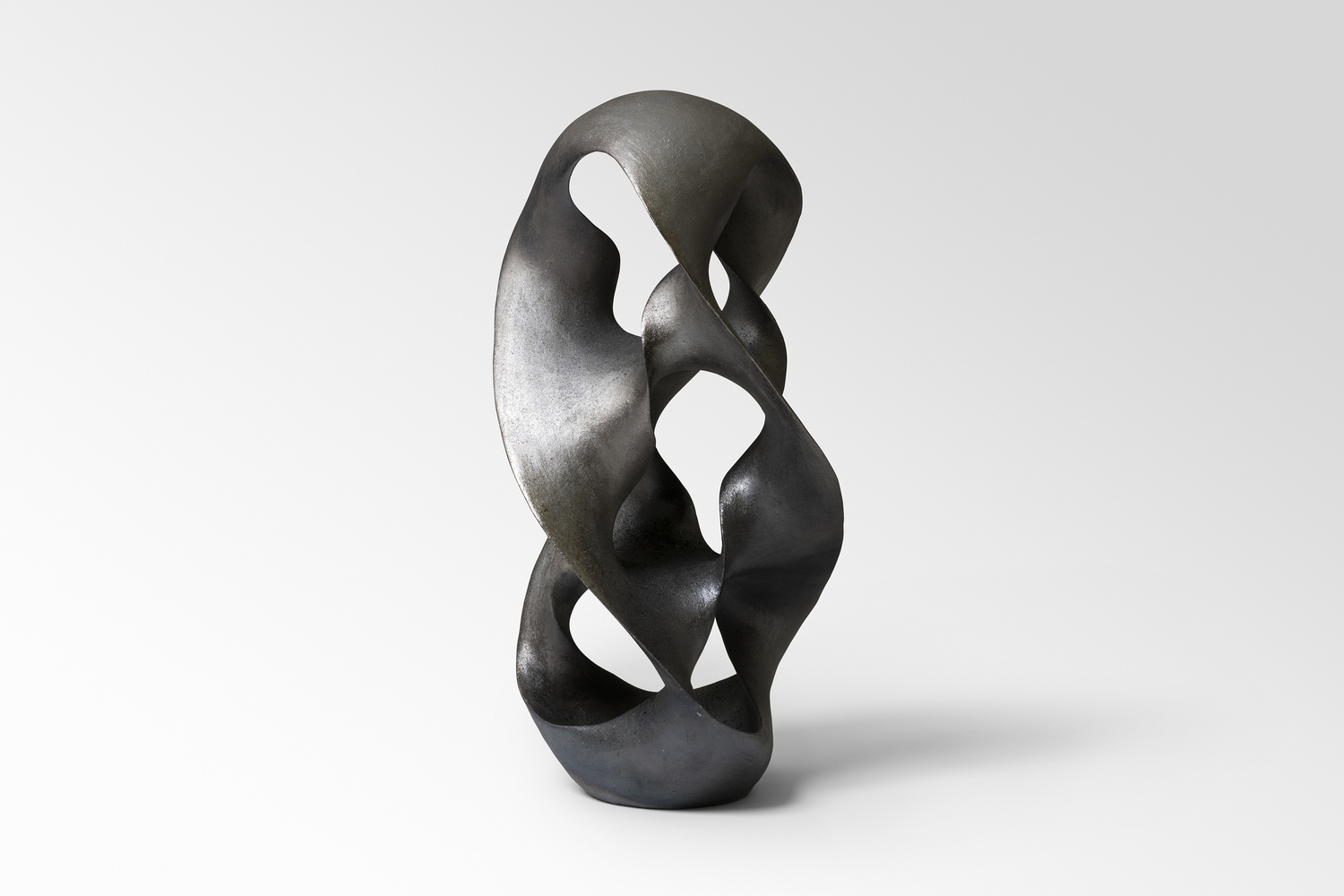
Ceramic, smoke-firing
62 x 31 x 30 cm
24.41 x 12.2 x 11.81 in
Enquiries about work INV Nbr. 9085
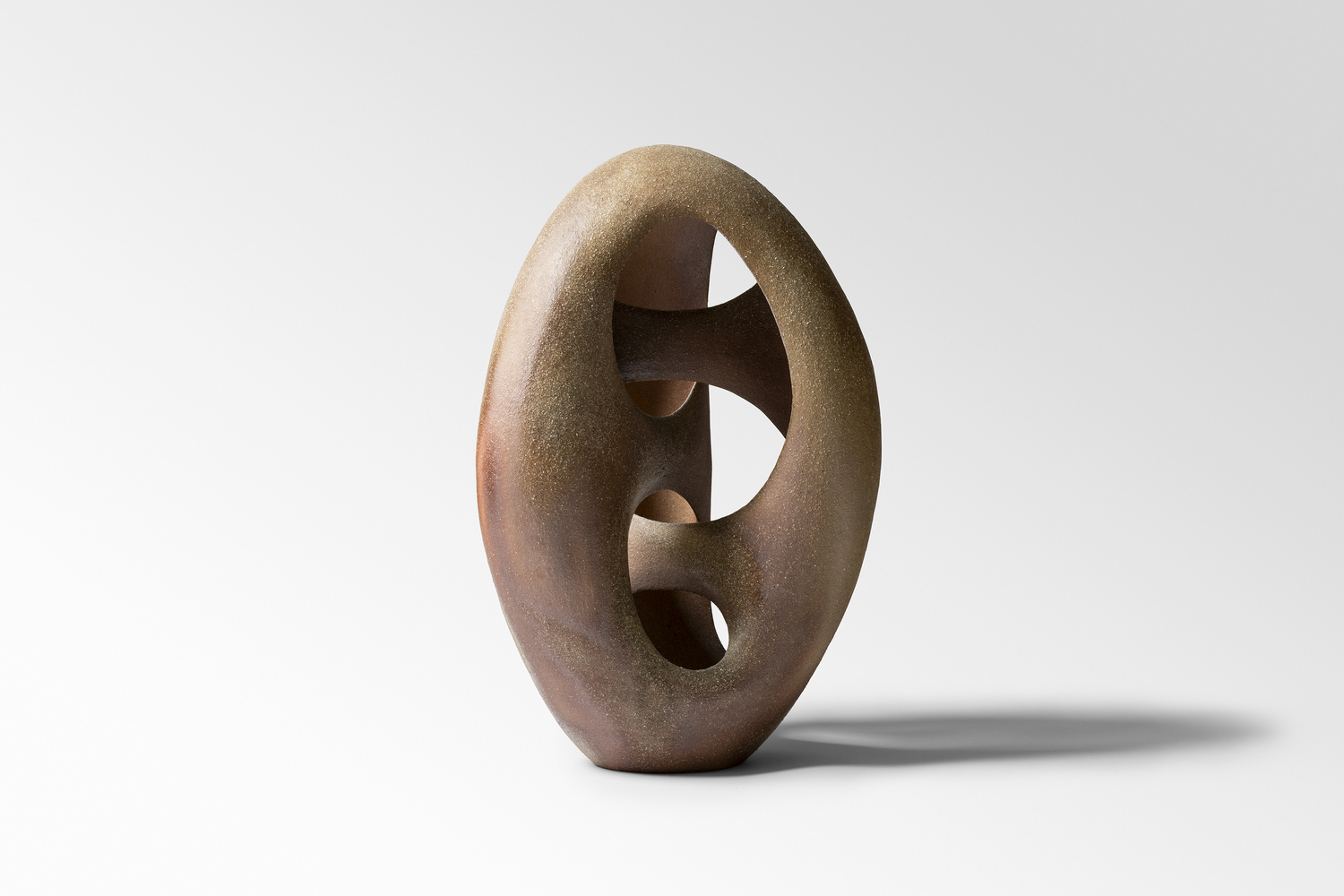
Ceramic, smoke-firing
57 x 32 x 37 cm
22.44 x 12.6 x 14.57 in
Enquiries about work INV Nbr. 9005
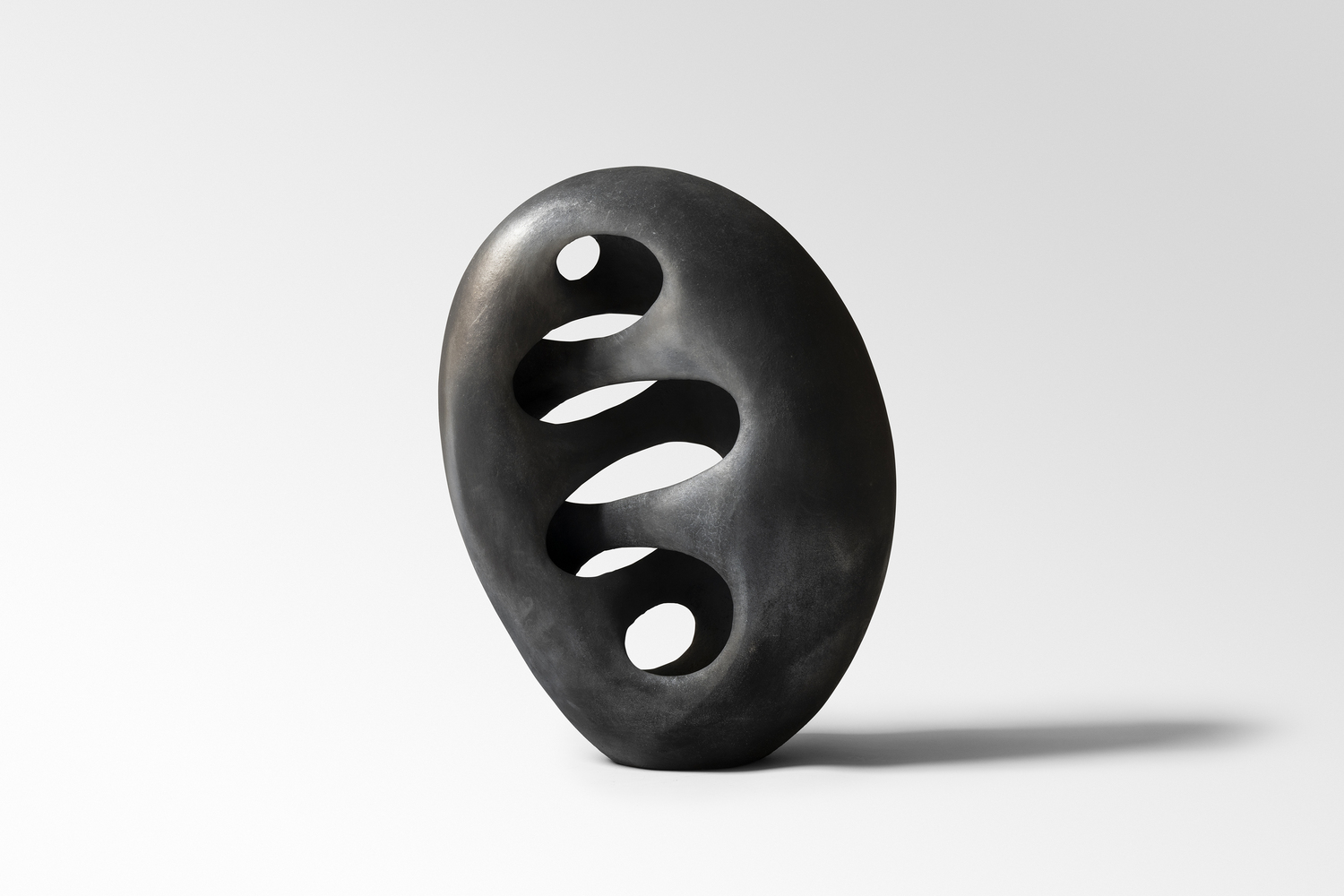
Ceramic, smoke-firing
56 x 42 x 24 cm
22.05 x 16.54 x 9.45 in
Enquiries about work INV Nbr. 9006
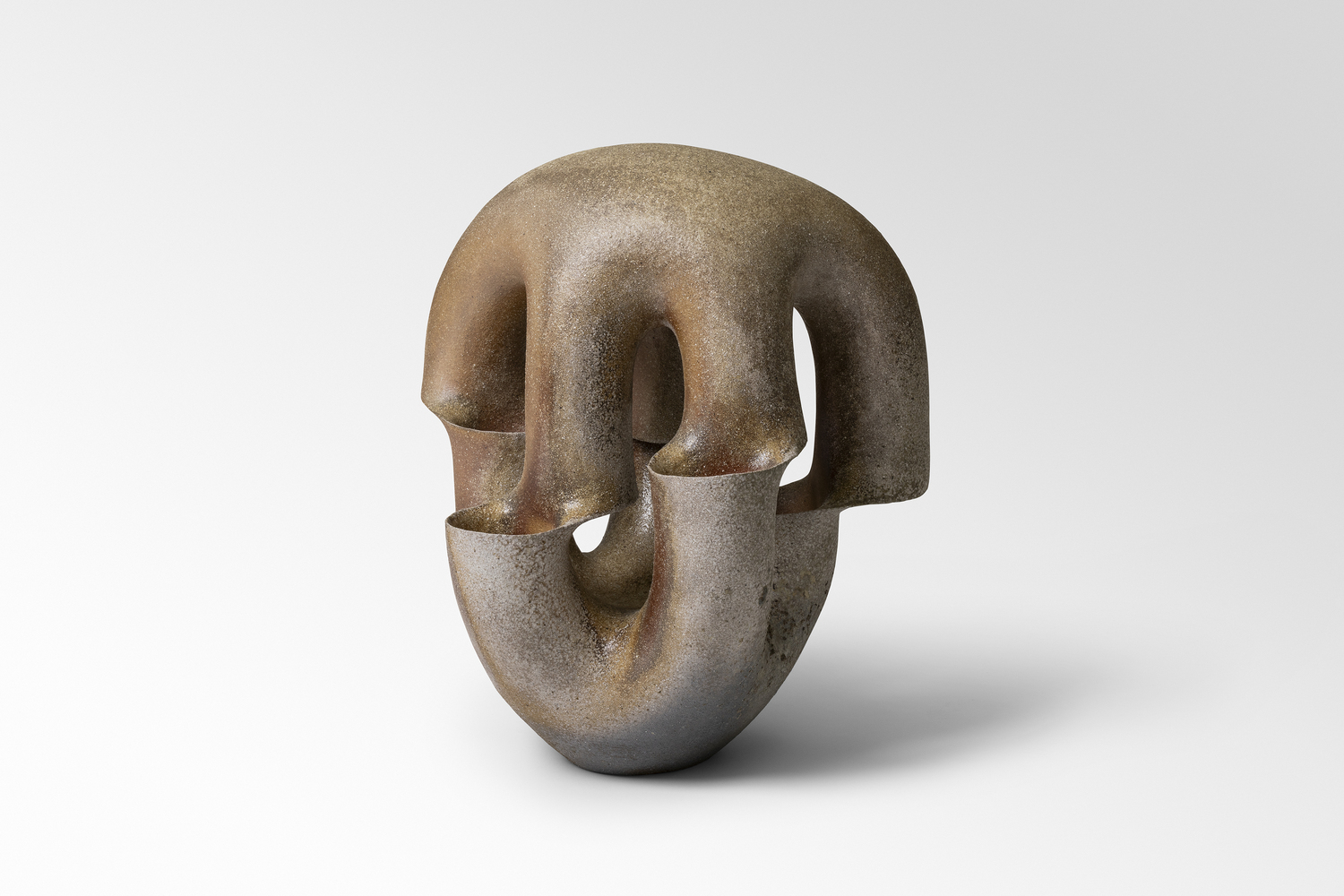
Ceramic, Wood-firing
58 x 48 x 42 cm
22.83 x 18.9 x 16.54 in
Enquiries about work INV Nbr. 9084
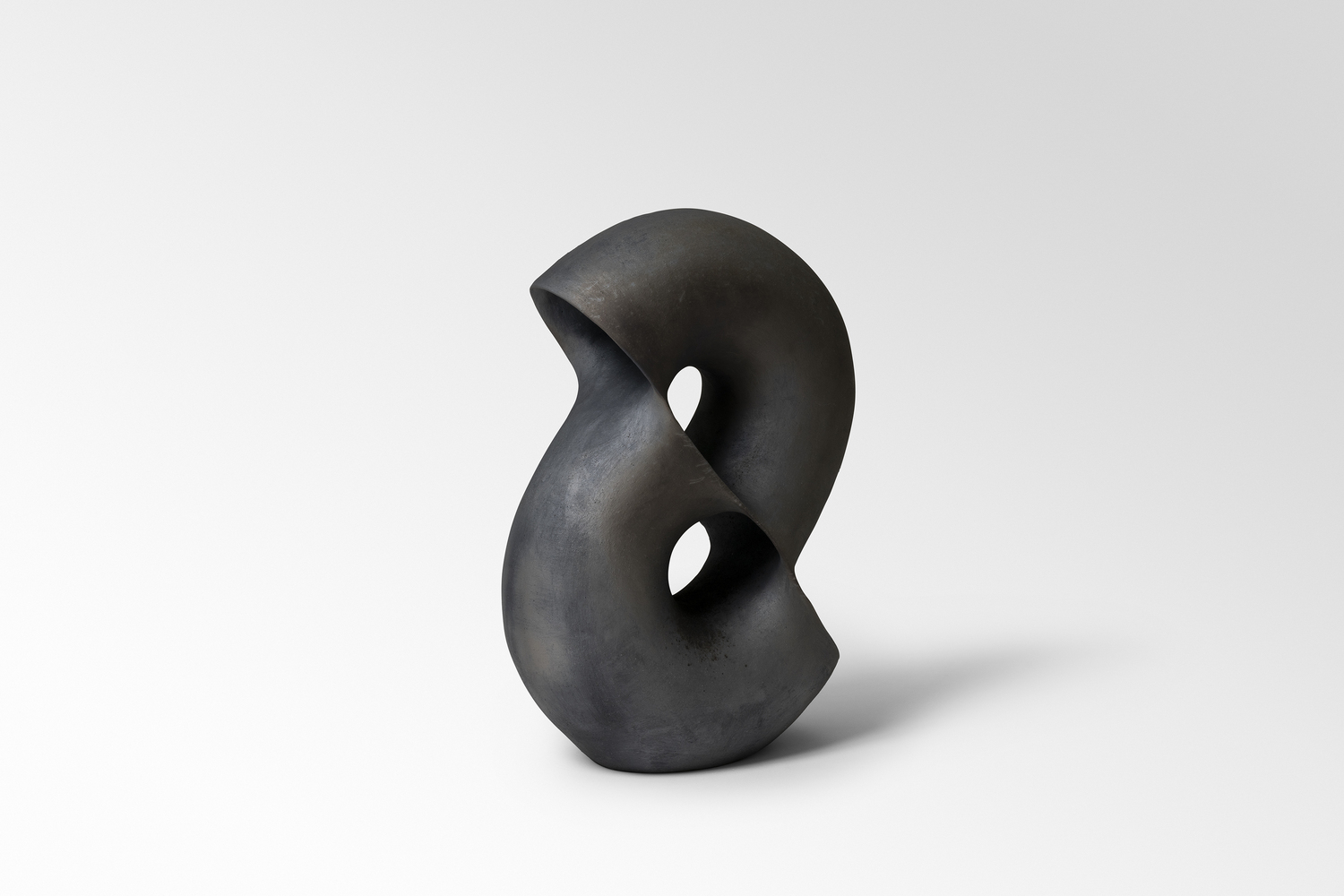
Ceramic, smoke-firing
48 x 32 x 18 cm
18.9 x 12.6 x 7.09 in
Enquiries about work INV Nbr. 9086
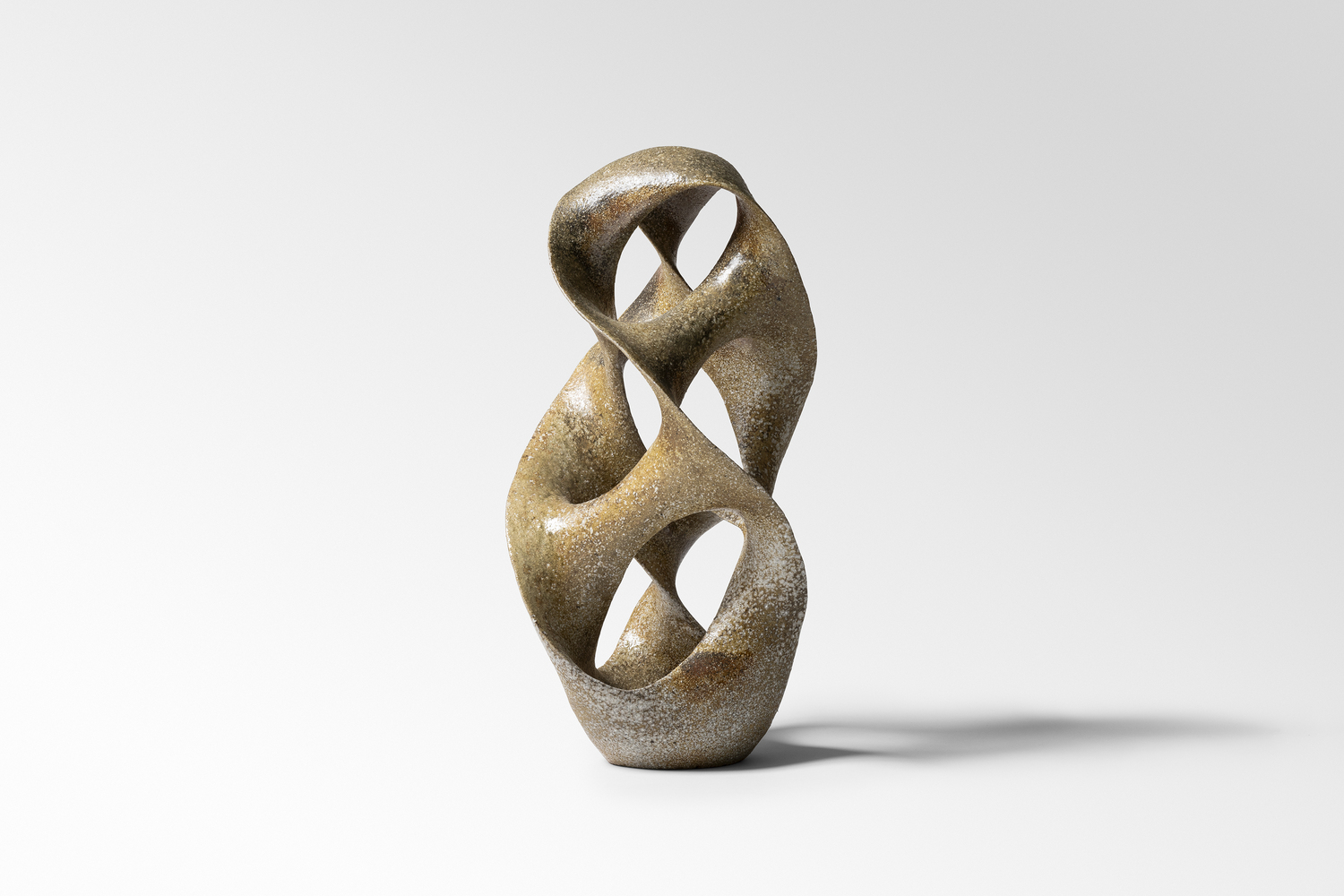
Ceramic, Wood-firing
51 x 25 x 25 cm
20.08 x 9.84 x 9.84 in
Enquiries about work INV Nbr. 9008
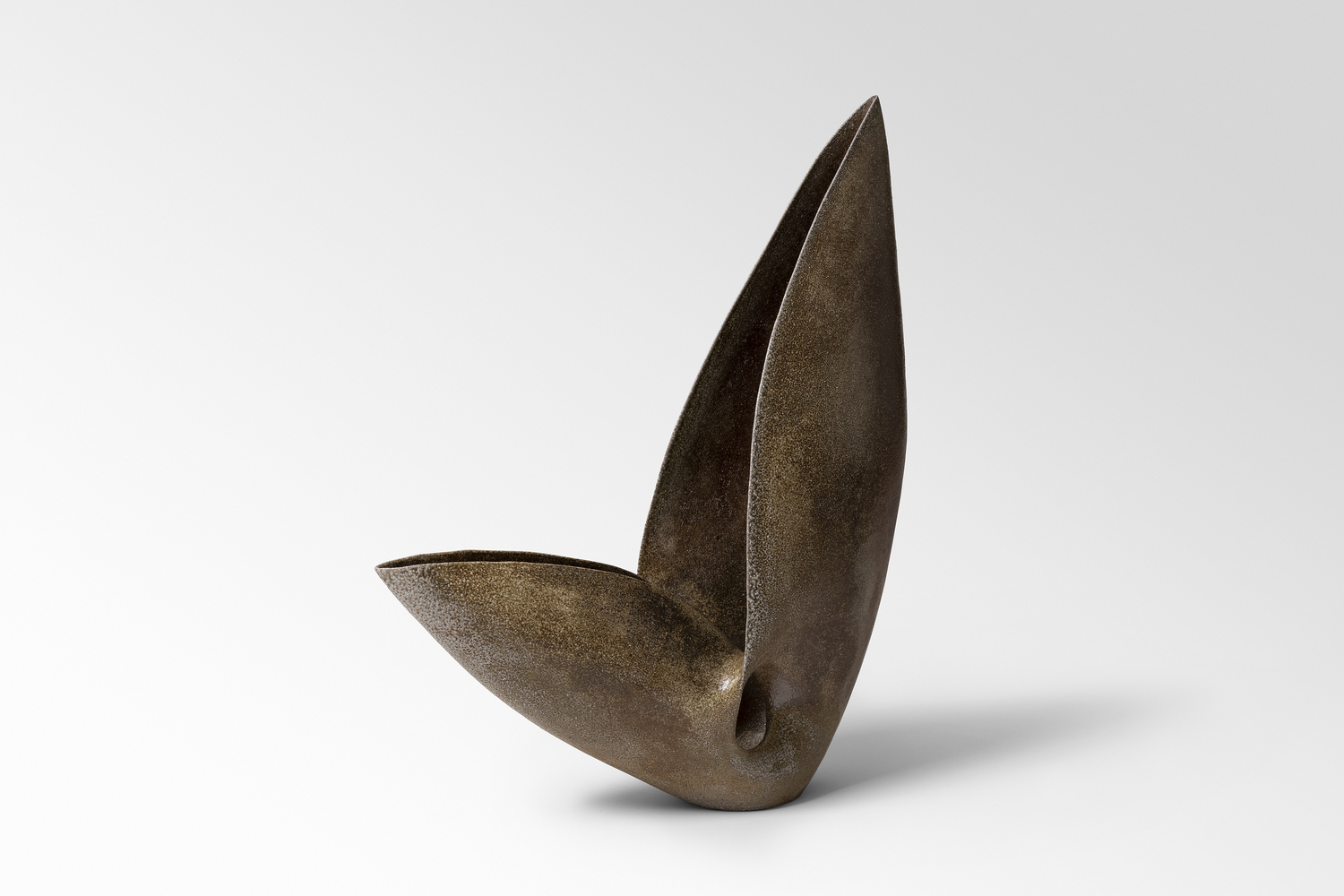
Ceramic, Wood-firing
75 x 62 x 24 cm
29.53 x 24.41 x 9.45 in
Enquiries about work INV Nbr. 9083
Japanese, born in 1984 in Kyoto
Lives and works in Kyoto, Japan
Kurokawa Toru is a contemporary ceramic artist whose work navigates the realms of materiality, form, and abstraction, weaving together intellectual and tactile explorations. Originally trained in sculpture and painting at the National Tsukuba University in Ibaraki, Japan, and later earning a Master of Fine Arts from Kyoto City University of Arts, Kurokawa Toru initially focused on replicating natural objects. However, as his practice developed, he began to feel a deeper connection to the materials themselves - clay and stone in particular. This shift in perspective led him to ceramics, where the medium's inherent qualities - such as the way it cracks, warps, and responds to firing - became central to his artistic process. For Kurokawa Toru, pottery is not about imposing external ideas onto a material but about allowing forms to emerge naturally in response to the material's own characteristics.
The artist's creative process is rooted in a dialogue between the body, the mind, and the material. Preferring hand-building techniques, Kurokawa Toru shapes his work incrementally, with each piece evolving slowly and organically, much like the growth of a plant. This approach reflects his philosophical view of creation as a process of "grasping" - an effort to decode the invisible structures that give rise to form. In recent years, Kurokawa has become increasingly drawn to the intersection of mathematics and ceramics, exploring the underlying geometry and abstraction that govern both natural and human-made systems. The etymology of the word "mathematics," which suggests "grasping" or "comprehending," resonates deeply with his aim to manifest these abstract concepts physically, allowing the viewer to connect with the inherent beauty of these forms.
Kurokawa Toru's work is distinguished by a careful balance between intuitive, hands-on craftsmanship and calculated, structured design. While the process remains deeply personal, he also values the unpredictable behavior of clay, allowing the material to suggest its own direction. Most of his pieces are fired using wood-fired kilns, a method that imparts a unique texture and unpredictability to each sculpture. This approach speaks to Kurokawa Toru's broader philosophy of working with the material's natural tendencies, rather than forcing it into predetermined shapes. Craftsmanship remains central to his practice, with Kurokawa Toru paying meticulous attention to detail while still allowing space for the material's imperfections and surprises to emerge.
Throughout his career, Kurokawa Toru has exhibited extensively both in Japan and internationally. His work has been showcased in prominent venues such as the Taiwan Ceramic Biennale, the Korean International Ceramic Biennale, and the Ceramic Art Grand Prize Exhibition in Japan. Notable solo exhibitions include Consciousness, a String Theory Symphony at the N'so Kyoto Art Center and Topology at Ginza Tsutaya Books in Tokyo. Kurokawa Toru's sculptures are held in esteemed collections, including those of the Victoria and Albert Museum in the K, the Los Angeles County Museum of Art, and the San Francisco Asian Art Museum, affirming his global reach and significance within the field of contemporary ceramics.
In addition to his individual exhibitions, Kurokawa Toru has received numerous accolades, including the Special Judges' Award at the 11th International Ceramics Competition MINO in 2017. These recognitions reflect his growing prominence within the global art scene, alongside his reputation for pushing the boundaries of what ceramics can express.
Through his abstract, yet deeply evocative work, Kurokawa Toru invites viewers to engage with the timeless beauty of form and the universal principles that govern both the material and immaterial worlds. With a focus on craftsmanship, materiality, and abstract thought, Kurokawa Toru's work transcends the traditional boundaries of ceramics, offering an experience that is as much intellectual as it is sensory. Whether displayed in intimate gallery settings or monumental exhibitions, his pieces resonate with a quiet, yet powerful presence, encouraging viewers to connect with the unseen structures of the world around them.